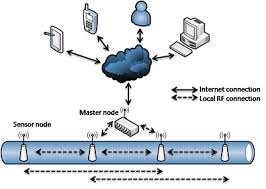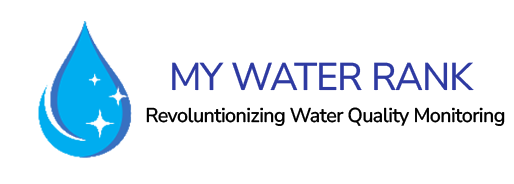Water damage is the second leading cause of property damage, and about one in 60 insured homes files a claim due to water or freezing damage each year. Smart water-leak detectors are one way to discover a water-leak issue before it becomes a disaster. These puck-like devices can detect pooling water, trigger an alarm, and send you a smartphone notification. If you have an existing problem spot such as a drain that backs up or an aging water heater, or if you’re worried that your dishwasher or clothes washer will break down, a detector placed near the potential leak zone will ensure that you’re aware the moment something goes wrong and can take action.
The average US household wastes an astonishing amount of water through leaks, day in and out — the EPA says that each home loses upwards of 10,000 gallons annually (that’s a trillion gallons nationwide). If you have ever discovered surprise cabinet damage underneath a dripping sink or have a utility room full of flood-prone sump pumps, appliances, and drains, you may want to invest in one or several smart leak detectors. These devices keep an eye on the places you can’t check daily and help you catch small drips before they become catastrophic water damage.
Water-leak detectors are typically battery-powered, puck-sized devices that variously set off an alarm or send a smartphone alert if water comes into contact with them. You can place them discreetly near leak-prone equipment, such as a water heater or dishwasher, so that you are quickly notified in the event of a problem and can take preventive action. Some models can work with accessory cables that also detect water, making it easier for you to monitor a greater area.
Smart water-leak sensors don’t require much technical know-how to set up and use. Most of our picks simply require you to install the manufacturer’s mobile app, scan a QR code, and put in your network’s Wi-Fi credentials to get them online. You can tie some sensor models to other smart-home devices for more advanced responses: For example, you might have a leak sensor trigger an alert message that transmits to multiple smart speakers, smart lighting, or sirens, or you might have a sump pump or wet vac that cleans up a spill.
Some detectors require the use of an additional device, called a hub, that connects the detector to your home network and the internet. For instance, our X-Sense recommendation comes with a hub, while the YoLink-branded hub for our top pick is an extra purchase. Although hubs increase the up-front cost for a leak sensor, they typically add features such as better notification systems, a wider wireless range, smart-home integrations, or battery-life indicators. You can also purchase other door, temperature, and motion smart-home sensors from these companies for additional coverage.
One thing that leak detectors can’t do is actually prevent water damage — like smoke detectors, they function only as alarms. A more comprehensive option may be to get a smart water-shutoff valve, which detects plumbing leaks or freezing pipes and then can physically shut off your home’s water-supply line. Such controllers are much pricier and more difficult to install than the detectors in this guide.
Home-security system manufacturers also have their own water-leak detectors, but they have mixed smart-home support, require you to purchase additional security hardware, and generally keep notifications within their own app ecosystem. This guide focuses on standalone sensors; check out our best home security system guide to learn more about those competitors.

